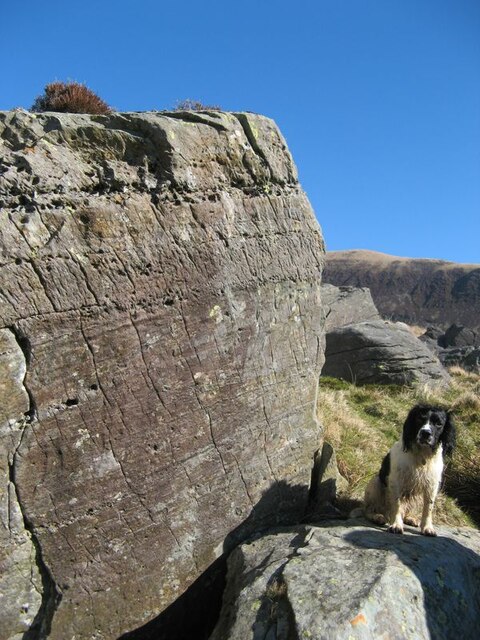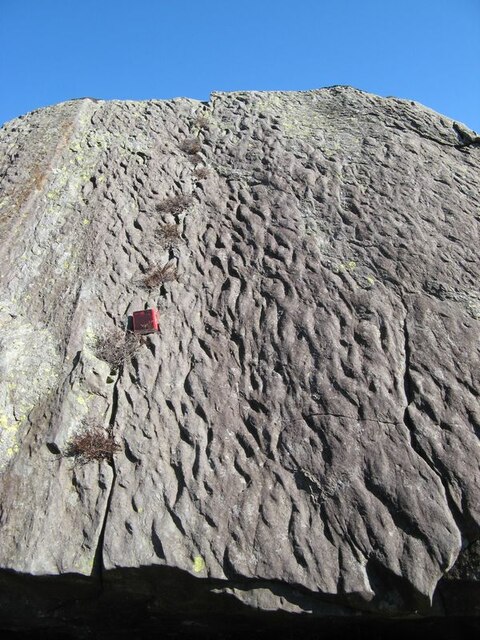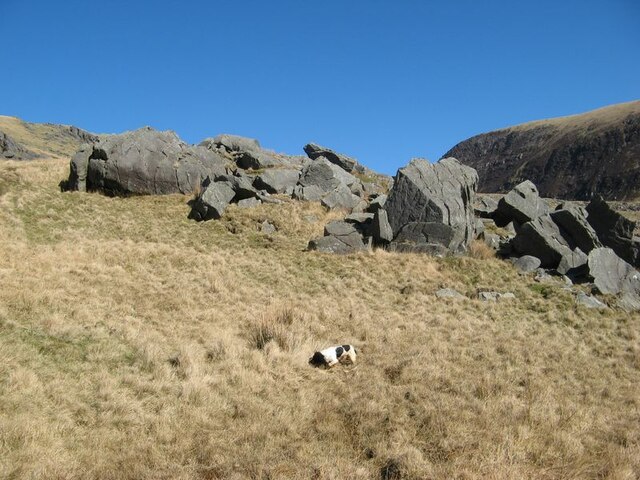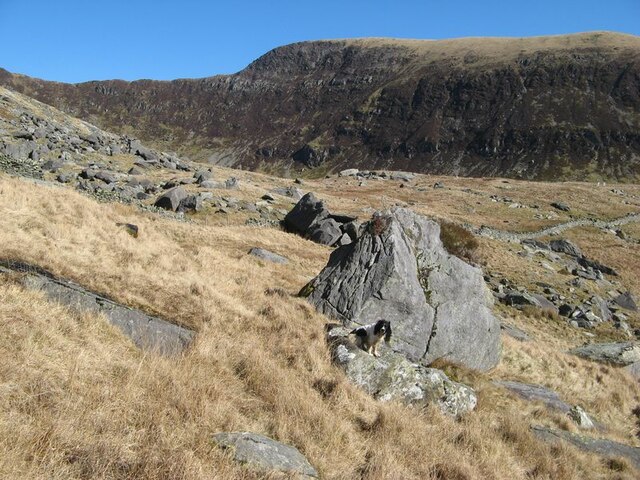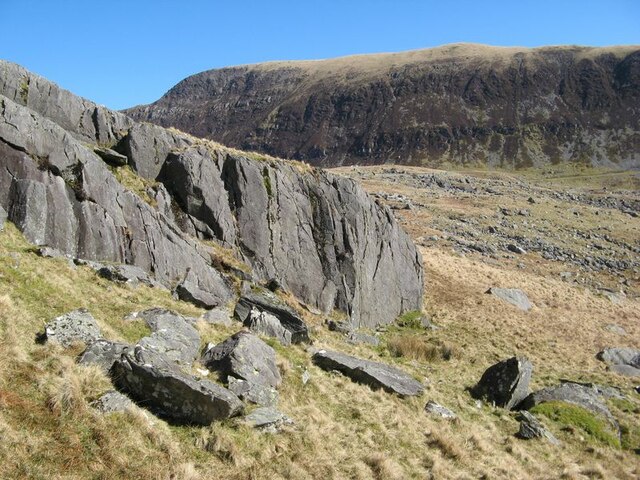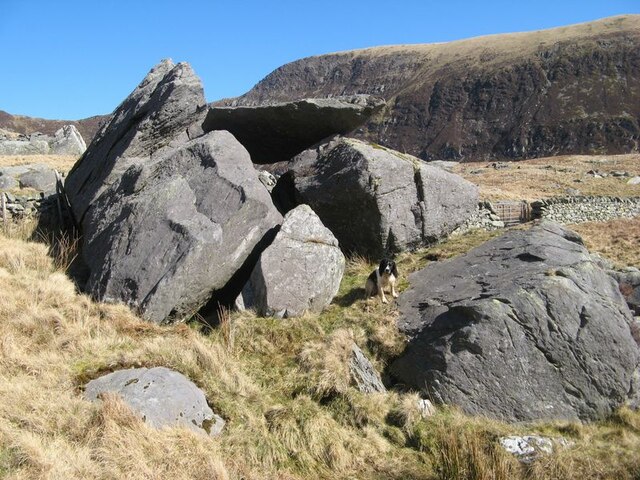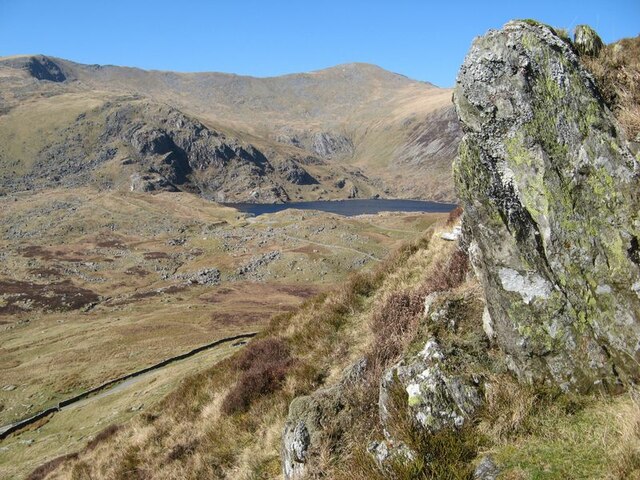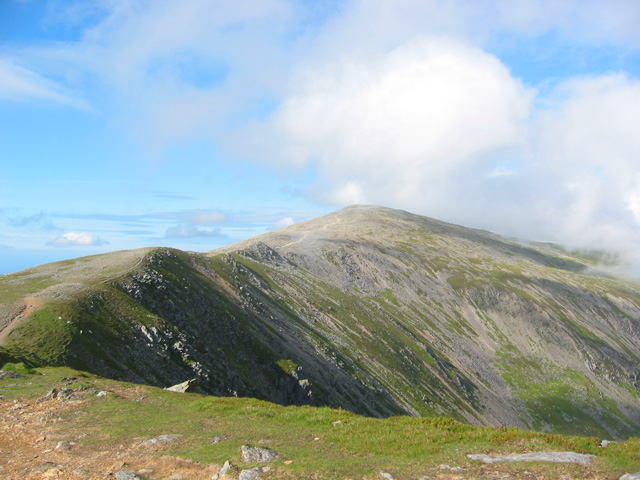Bending Gully
Valley in Caernarfonshire
Wales
Bending Gully

Bending Gully is a picturesque valley located in the county of Caernarfonshire, Wales. Nestled within the Snowdonia National Park, it offers stunning natural beauty and a tranquil atmosphere for visitors to enjoy. The valley stretches for approximately two miles, encompassing lush green fields, meandering rivers, and towering mountains.
The landscape of Bending Gully is characterized by its unique geological formations. The valley is flanked by steep slopes, adorned with dense forests that showcase a rich variety of flora and fauna. The River Mawddach gracefully winds its way through the valley, adding to its scenic charm. The river is renowned for its crystal-clear waters, making it a popular spot for trout fishing and water activities.
Bending Gully is also home to several hiking trails, offering visitors the opportunity to explore its natural wonders. The trails vary in difficulty, catering to both experienced hikers and leisurely walkers. The panoramic views from the hilltops are truly breathtaking, providing visitors with a sense of awe and appreciation for the surrounding landscape.
In addition to its natural beauty, Bending Gully is steeped in history. The valley boasts ancient ruins and archaeological sites, offering a glimpse into its past. Visitors can explore remnants of old settlements, stone circles, and burial sites, which add a sense of mystery and intrigue to the area.
Overall, Bending Gully is a destination that delights nature enthusiasts, history buffs, and adventure seekers alike. Its stunning scenery, diverse wildlife, and rich history make it a must-visit location for anyone exploring Caernarfonshire.
If you have any feedback on the listing, please let us know in the comments section below.
Bending Gully Images
Images are sourced within 2km of 53.148784/-3.9857345 or Grid Reference SH6763. Thanks to Geograph Open Source API. All images are credited.

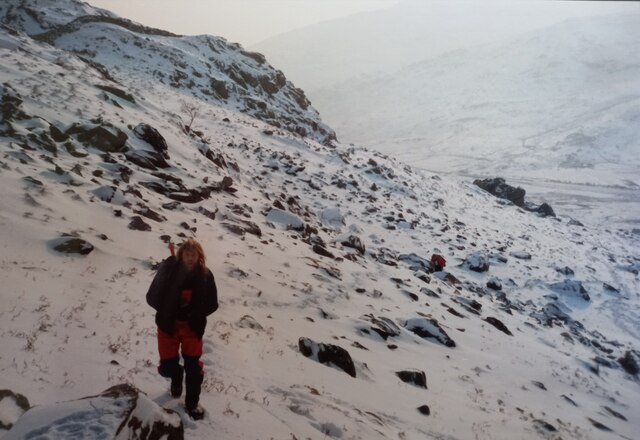
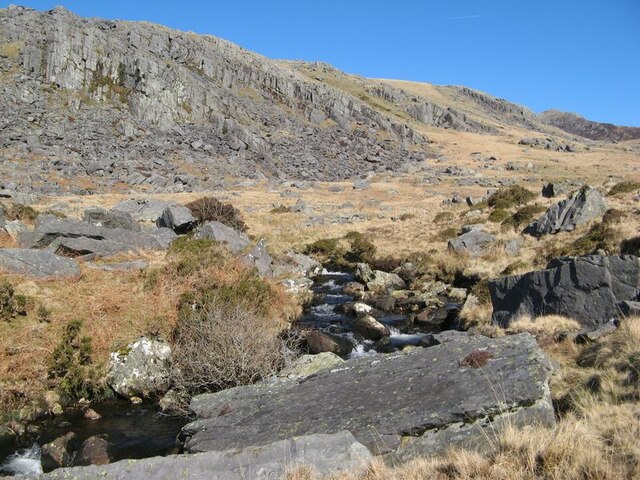
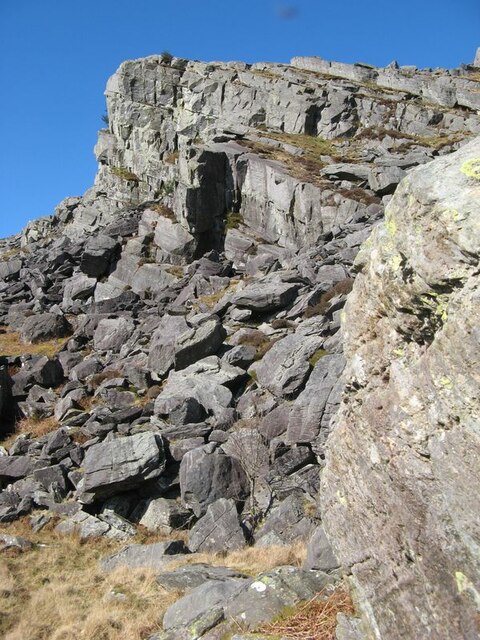
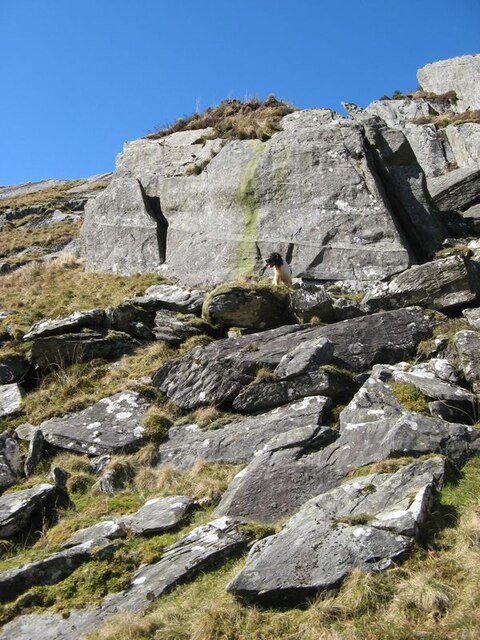
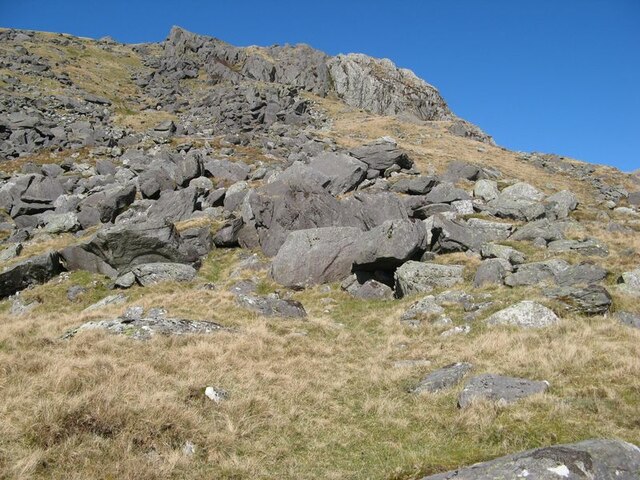
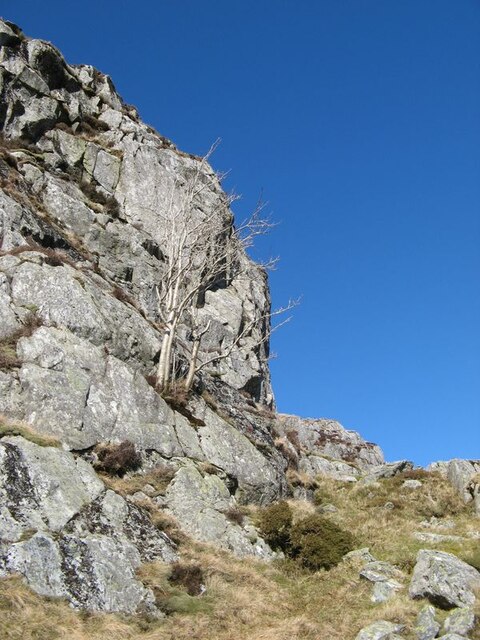


Bending Gully is located at Grid Ref: SH6763 (Lat: 53.148784, Lng: -3.9857345)
Unitary Authority: Conwy
Police Authority: North Wales
What 3 Words
///fatigued.rollers.genius. Near Bethesda, Gwynedd
Nearby Locations
Related Wikis
Welsh 1000 m Peaks Race
The Welsh 1000m Peaks Race takes place on the first Saturday in June each year. The 32 km route is also known as the Snowdonia Summits Marathon as competitors...
Foel Meirch
Foel Meirch is a top of Carnedd Dafydd in the Carneddau range in Snowdonia, North Wales. It offers commanding views of Carnedd Llewelyn and Yr Elen, and...
Carnedd Dafydd
Carnedd Dafydd is a mountain peak in the Carneddau range in Snowdonia, Wales, and is the third highest peak in Wales, or the fourth if Crib y Ddysgl on...
Ffynnon Lloer
Ffynnon Lloer (Welsh : Source of [the] Moon) is a lake in the Carneddau range of mountains in Snowdonia, North Wales. It lies below the peaks of Pen yr...
Nearby Amenities
Located within 500m of 53.148784,-3.9857345Have you been to Bending Gully?
Leave your review of Bending Gully below (or comments, questions and feedback).
